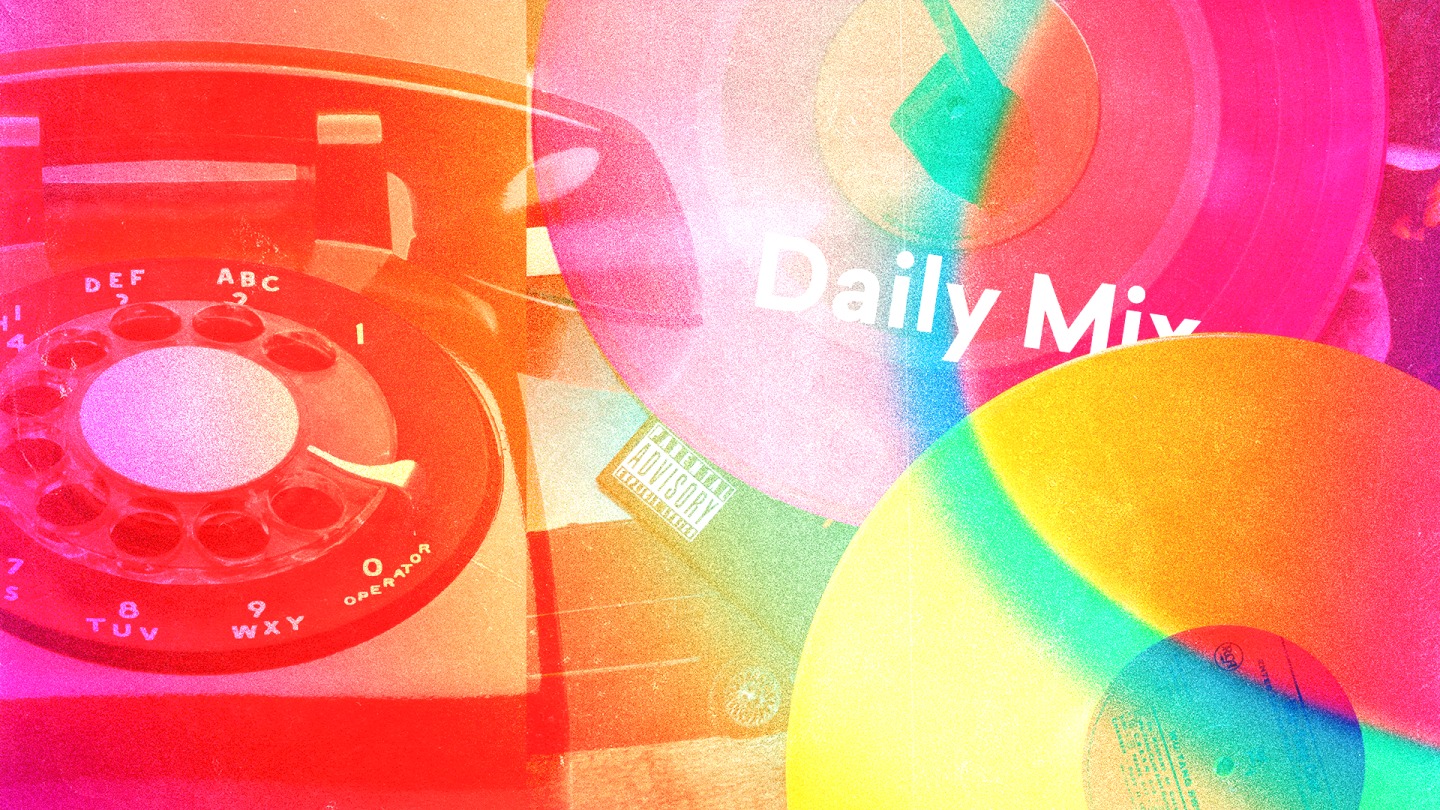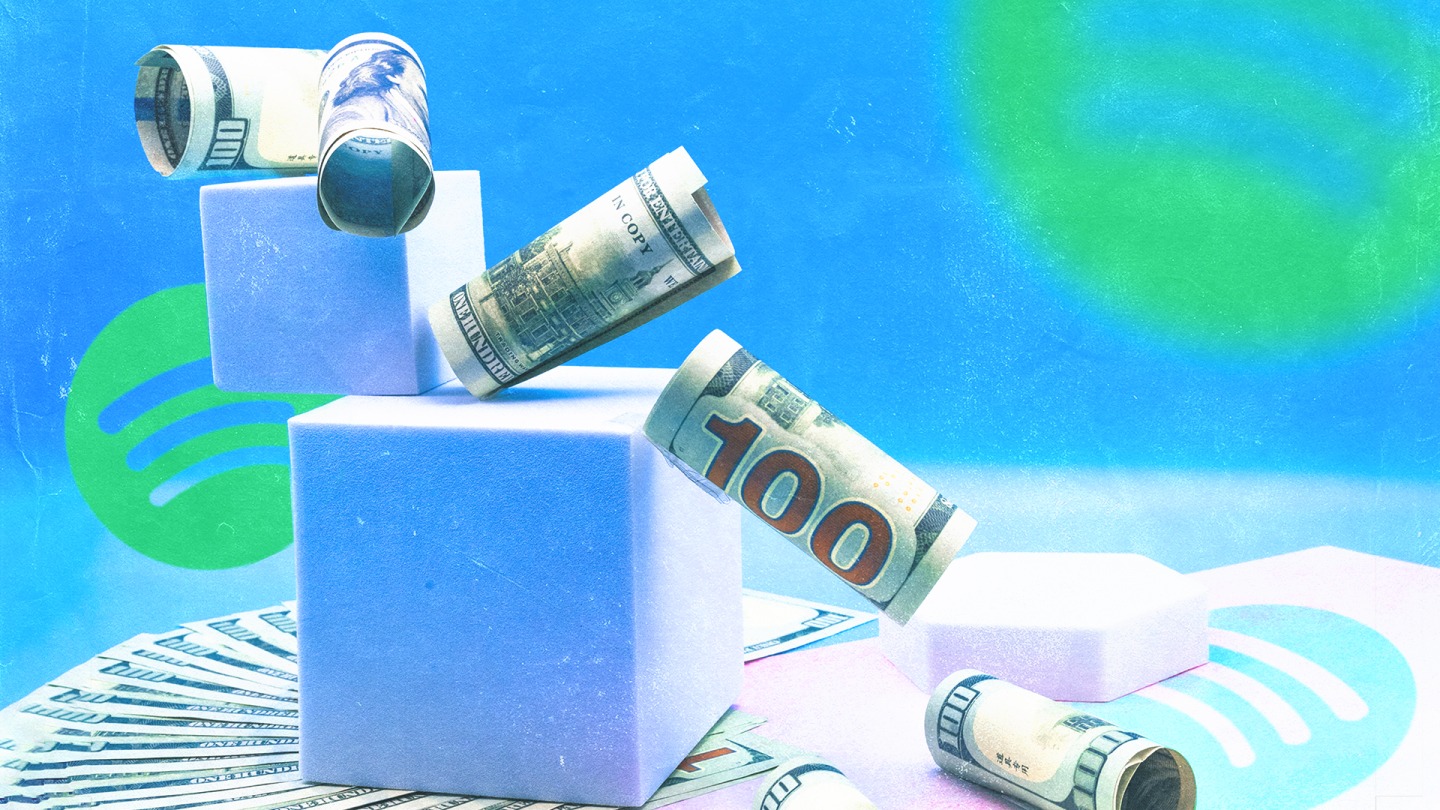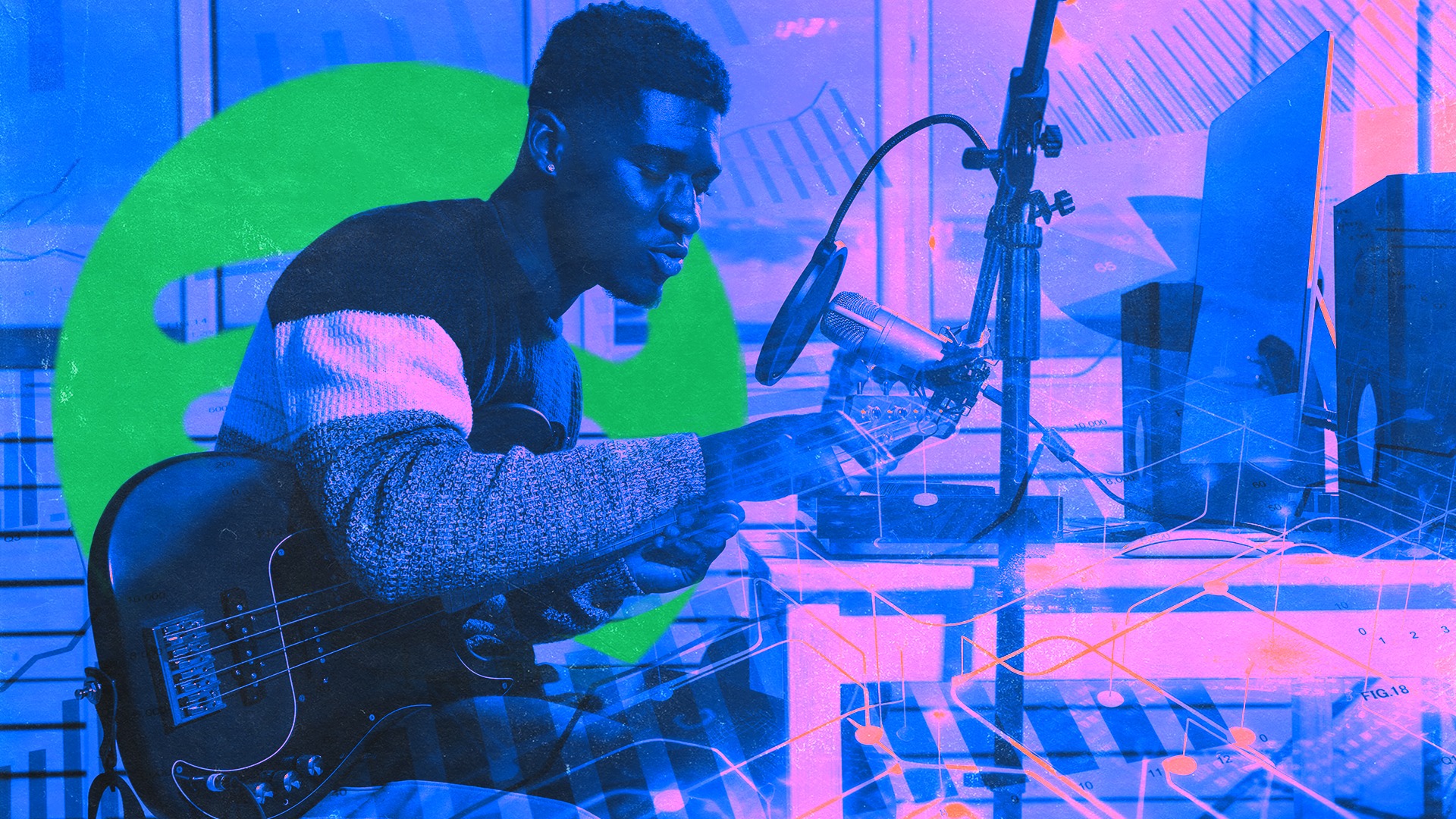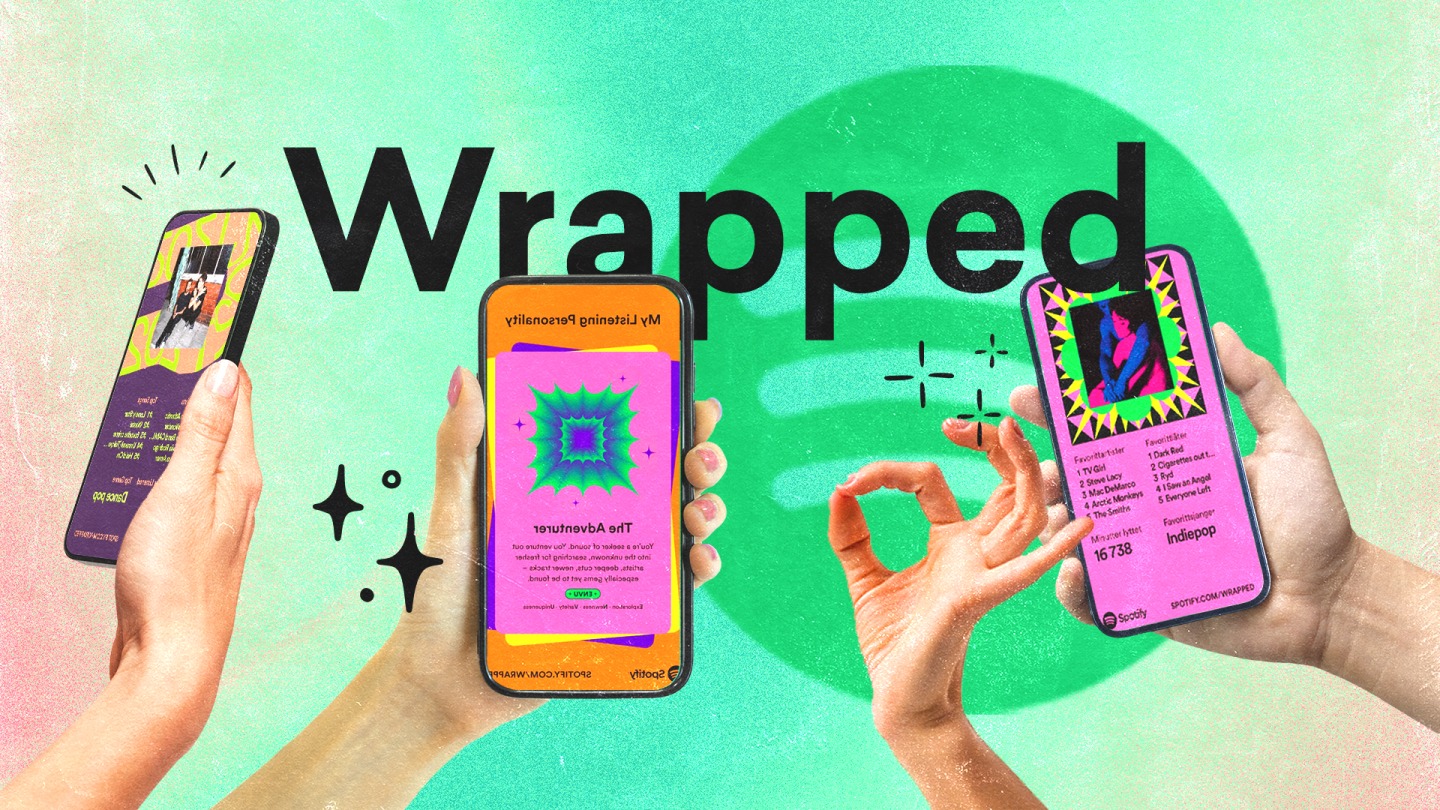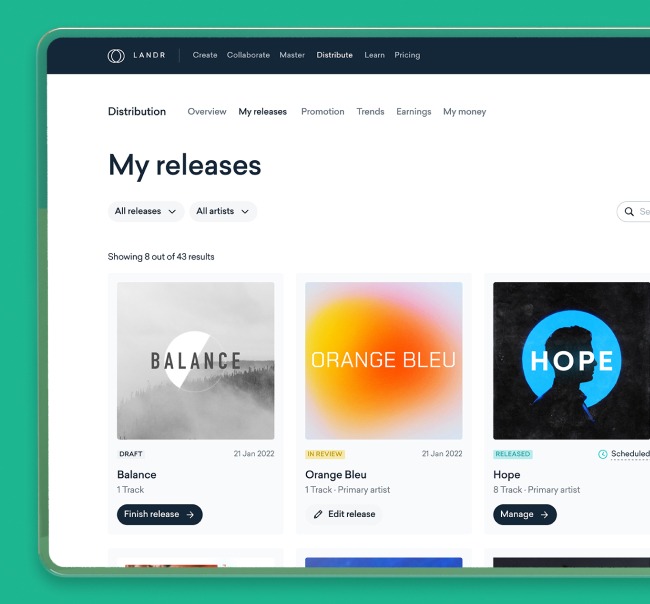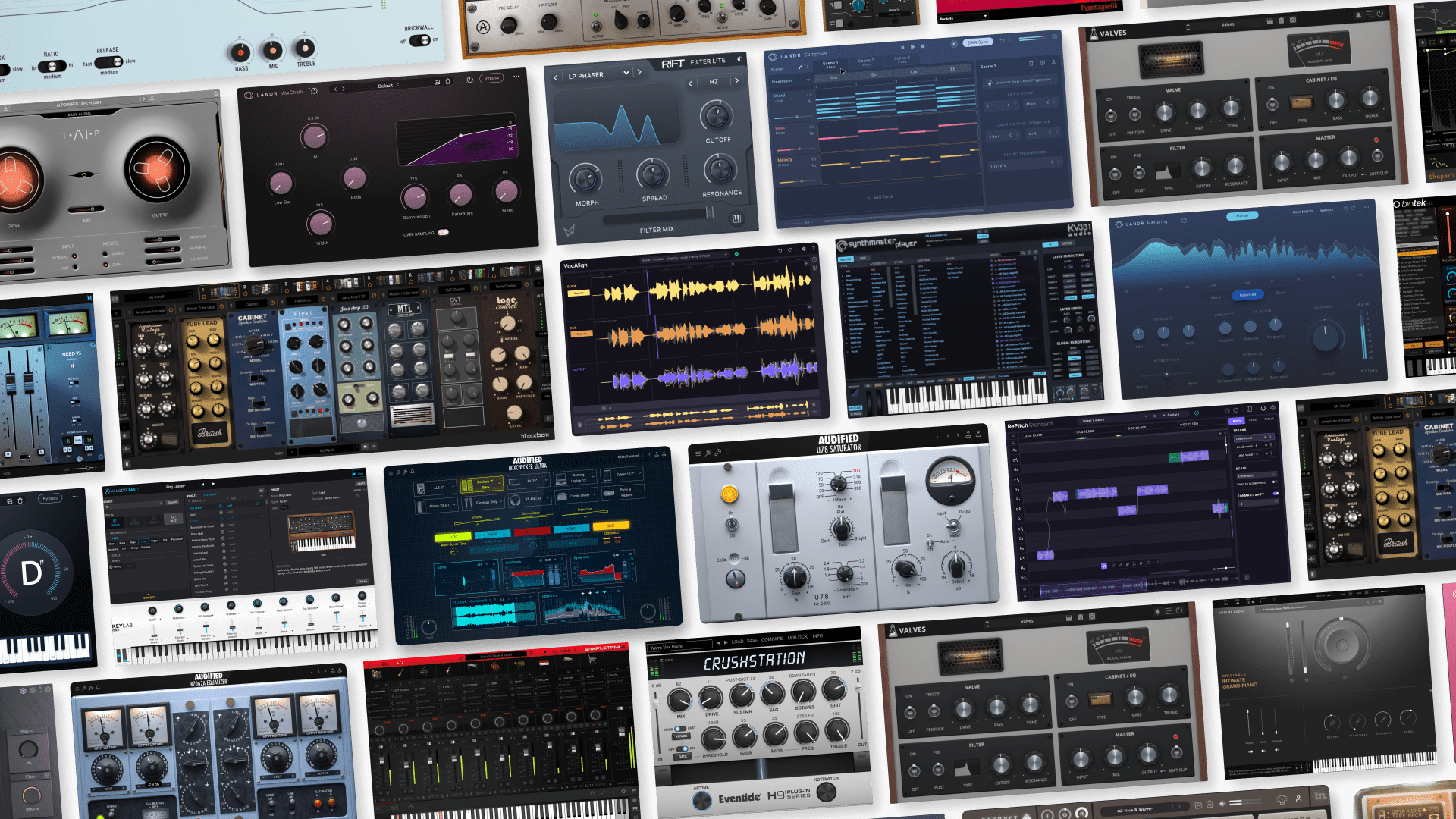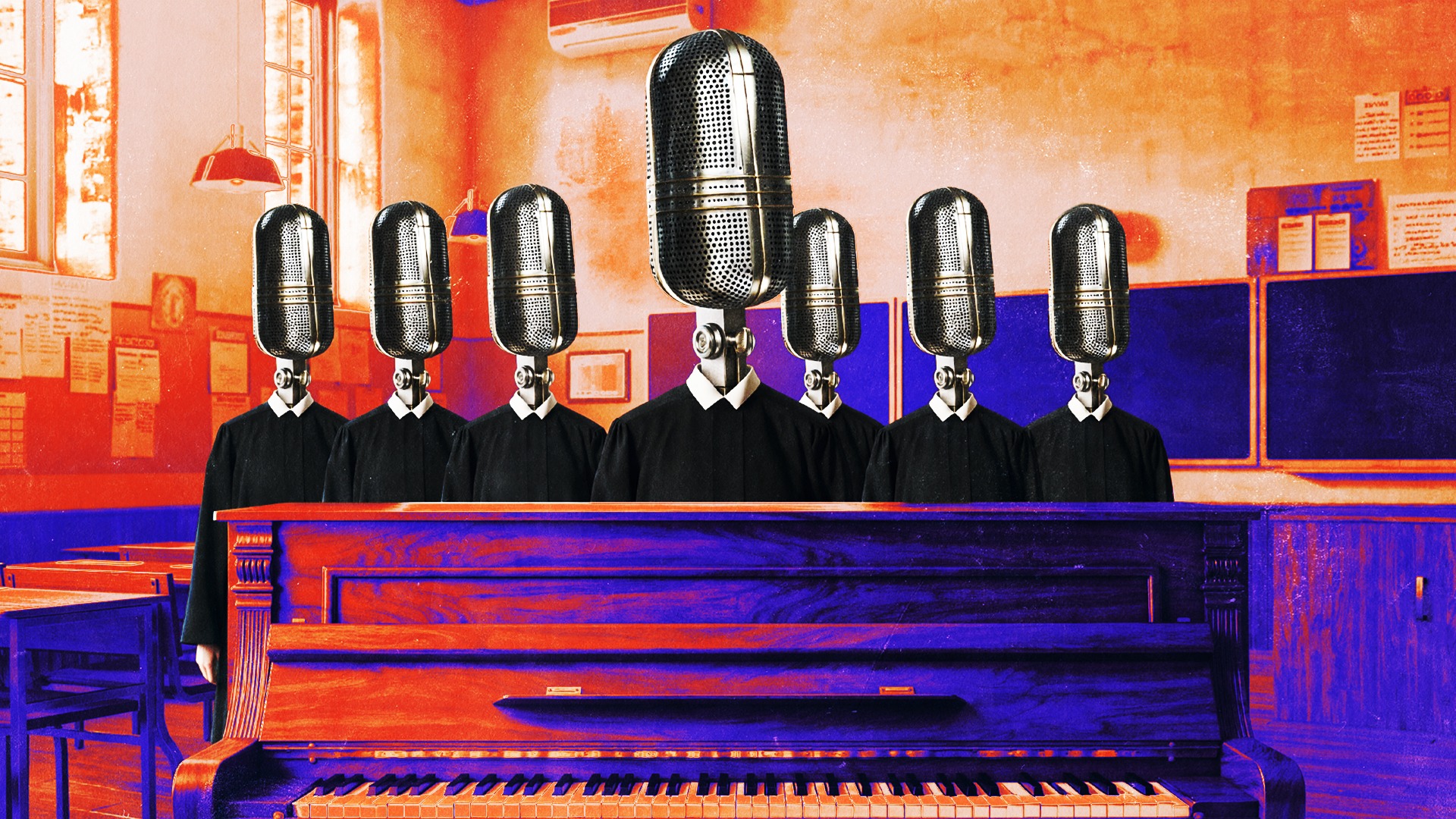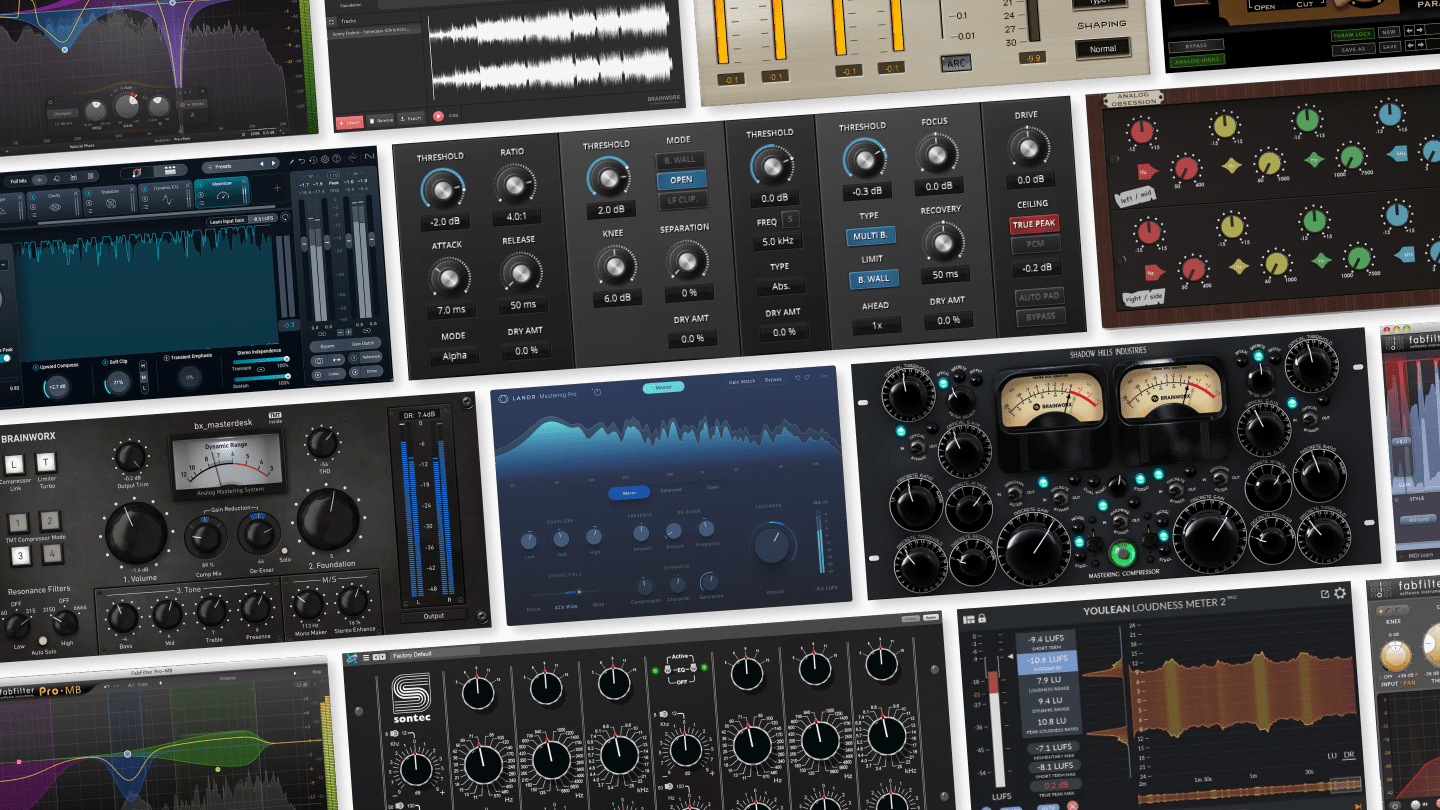
Spotify’s Algorithm Explained: 3 Ways it Analyzes Your Music

If there’s any force driving mass taste in music these days it might be the Spotify algorithm.
Sure, plenty of people are into crate digging, or love going into rare music rabbit holes on Youtube—and nothing beats a song or artist recommendation from a friend.
But, these days most people discover new music through playlists, artist selections and song recommendations that were generated by an algorithm.
That’s why some artists worry about whether their music is “algorithm friendly” while others wonder if they can write a song or create a project that’ll pick up tons of algorithm streams on Spotify.
While I believe that no artist should feel obligated to compromise their artistic integrity to fit into something that fits Spotify’s mold—there are a handful of actions you can take to increase your chances of getting streamed on Spotify.
Let’s dive into the mechanics of Spotify’s algorithm and look into some music promotion tactics that’ll help your chances of getting your music served to new listeners.
What is the Spotify algorithm?
The Spotify algorithm is the underlying technology Spotify uses to continuously serve music after a single or album ends. This makes it possible for Spotify keep playing music infinitely and keep their listeners engaged.
Spotify’s algorithm is also used to make custom recommendations on the home page of their app in the form of personalized mixes, playlists and artist suggestions.
The algorithm is built based on complex AI coding—but it essentially looks at your behavior on the app and uses data from all of its users to determine which song you’re most likely to listen to next.
That means Spotify is watching how you and others respond to any song you hear on the platform.
Some of the many things it takes note of include the songs you skip, listen to in full, favorite and the artists you follow.
So next time you get a song recommended that you really like, favorite it and you might get more choice picks that fans of that song also liked!
How does Spotify’s algorithm analyze your music?
With any AI based recommendation system, Spotify’s song recommendations are made based on a combination of data and analysis.
We know that Spotify looks at three specific datasets when analyzing where and when it will recommend your music:
- Artist sourced meta-data
- Inferences made from its own song analysis engine
- User engagement metrics
1. Artist sourced meta-data
When you distribute your music through a distribution service you’ll be prompted for information about song’s genre, sub-genres, label, and release date—to name a few.
So accurately filling this information out when you start a release is key for getting your music categorized correctly.
Once your music is delivered to Spotify, if you claimed your Spotify for artists profile you’ll have an opportunity to pitch a song to Spotify for playlisting.
Throughout the pitching process you’ll be asked for additional user submitted data genre information, song moods, instruments, styles and cultures.
So if you’re going to pitch your music, fill these out accurately and give the human and algorithmic playlist makers an idea of how your music should be classified.
2. Spotify’s song analysis engine
Spotify does in fact “listen” to your song understand its content. In fact, Spotify’s own developer hand book clearly outlines 13 unique audio features that it listens for when analyzing your track.
The 13 features its analysis model listens to are:
- Acousticness—the probably that your track uses more or less acoustic instruments
- Danceabilty—an analysis of tempo, rhythm and beat qualities that make a song more or less danceable
- Duration—the duration of your track
- Energy–a measure that reflects perceived energy and intensity
- Instrumentalness–measures the presence or lack thereof of vocals in a track
- Key—identifies the musical key of your recording
- Loudness–measures how loud the masters you’ve submitted are
- Liveness—predicts the probability that your track was recorded in a live or digital setting
- Mode—identifies whether your song is written in a major or minor scale
- Speechiness–measures the presence of spoken word vs. singing in your track
- Tempo—estimates the tempo of your track
- Time–signature—estimates what time signature your song is written in
- Valence–estimates perceived positivity or negativity in your music (i.e. whether your song is happy or sad)
While it’s interesting to consider all the metrics that Spotify measures in your tracks, the main takeaway is that getting your user submitted meta-data right is important so as not to confuse the algorithm.
In the right context, a “sad” song written in 7/4 with high energy and low liveness might be the right thing to recommend, especially if other similar listeners liked the song based on…
3. User engagement metrics
While information from your meta-data and Spotify’s analysis tool are a big component that feed Spotify’s algorithmic recommedations, Spotify is looking more and more at its users based for clues about what to recommend next.
Basic metrics like streams, skips, likes and shares tell it how big of a following your music may have, but its arguably the playlists that users add your song that Spotify seems to be analyzing most.
That’s because Spotify thinks that when a user voluntarily puts two songs on the same playlist, those two songs (and other songs like it) go together.
As listeners engage with the playlist, their actions such as listening, skipping, or saving to their library help train our recommendation engine about how best to use the tracks in our music library - Christopher Barthle, Engineering Manager @ Spotify
Ultimately, Spotify is looking very closely at how its listeners interact with your music–a save to a personal playlist can go a long way in telling Spotify where you song belongs in its catalogue.
🧠 Hot tip
How to take advantage of the Spotify Algorithm and get streamed
By now you’ve probably heard someone refer to an artist or band’s music as “algorithm music”—there’s many examples of artists out there that don’t have a huge following anywhere else except on Spotify.
It’s becoming more and more common for artists to get millions of streams, but not necessarily see a ton of popularity elsewhere, like on social media or on tour.
One thing that I’m not going to suggest anyone do is change their sound or compromise their artistic integrity to match some perceived “Spotify friendly” aesthetic.
I’ve seen bands play small bars to small audiences—only to be a bit surprised by how many millions of streams they have on Spotify.
Other times I’ve found myself listening to a popular artist only to be regularly served a lesser-known artist who sounds similar and has clearly latched on to the algorithm’s feed.
Artists sometimes earn breakout success with the help of Spotify recommendations—Greta Van Fleet is one example of a major rock band that’s been criticized for latching onto a specific niche of classic rock lovers by creating music that fits perfectly into the algorithm’s recommendations.
It’s the kind of music that Spotify will put on after your Led Zeppelin III listening session concludes—it’s an extreme example, but it led to their success and there are plenty of examples of other bands also receiving similar attention and criticism.
Getting into the algorithm’s feed isn’t a bad thing though—it can be a major leg up for any music career.
Let’s take a look at some tools you can use to increase your chances of getting Spotify algorithm attention.
1. Stop worrying about your aesthetic
One thing that I’m not going to suggest anyone do is change their sound or compromise their artistic integrity to match some perceived “Spotify friendly” aesthetic.
You should make the music you want to make, the music that represents your most honest artistic expression and your truest self.
If you do a good job of that, people will notice—we’re all looking for genuine expression, not music that was made to fit into a box that some streaming platform can serve.
So don’t compromise your sound to make algorithm-friendly music—if you work hard at making good music that you love, the fans will come.
Of course, there are plenty of useful promotion tools and tactics you can use to help get the word out—but none of these involve compromising your sound.
2. Run a pre-save campaign
If you’re planning a release, it’s a really good idea to plan a pre-save campaign ahead of your launch.
When you drop your album announcement, encourage your fans to pre-save your album ahead of the release. This ensures your fans will be reminded to listen to your track on release day.
Getting early streams and engagement is important for the algorithm—it tells Spotify that there’s some momentum behind your tracks.
There are plenty of useful promotion tools and tactics you can use to help get the word out—but none of these involve compromising your sound.
But, it’s also useful for building up some organic hype around your upcoming release.
🧠 Hot tip
3. Use solid metadata
Algorithms love music metadata.
That’s because it’s crystal clear information that helps the algorithm categorize your music and ensure it’s getting served to people who are interested in certain genres, sounds, languages and more.
So make sure you fill in as much detail as possible when submitting your tracks to your digital distribution service provider.
When you’re prompted to choose a genre and subgenre for your track choose a genre that realistically matches your sound—don’t pick a joke genre to get a laugh, no one will see it and it’ll just mess up your placement in Spotify’s catalog as well as the other streaming platforms.
We’ve written on the topic of metadata and streaming before if you’re curious about what’s behind this secret, algorithm-friendly information.
4. Claim and customize your artist profile
If you haven’t claimed your Spotify for Artist’s profile yet—go ahead and do that.
It might have already been claimed if you used LANDR Distribution to get your tracks on streaming platforms since it will automatically claim your profile.
But whether you’ve claimed it or not, it’s highly recommended that you log in to Spotify’s website and add custom features to your profile like a custom bio, profile picture, artist playlist recommendation, upcoming concerts, merch and more!
This will improve the experience for fans looking to learn more about you, and it will give the algorithm more information to latch onto about you—especially when it comes to your playlist picks!
5. Encourage your fans to like and follow you
Nothing tells Spotify what songs your fans love more than a like on a specific track or album.
Getting into the algorithm’s feed can be a major leg up for any music career.
So don’t be afraid to pull out the classic YouTube catchphrase “like and subscribe” and use social media to tell your fans to follow your project and like your tracks.
The more followers you have, the more monthly listeners you’ll create and in turn that will generate more Spotify algorithm recommendations.
6. Use Spotify’s experience enhancement tools
Spotify has done a great job of giving creators the ability to enhance the experience of listening to music on their platform.
Tools like Spotify Canvas and scrolling lyrics make it possible to add looping videos to their tracks and share scrolling lyrical content.
If you’re curious about getting your lyrics on Spotify or adding Spotify Canvas videos to your tracks, we’ve written about both topics in past articles.
Adding these experience enhancements to your songs will encourage listeners to listen longer and engage more with your music—and that will only help your chances with the algorithm.
7. Submit your music for playlisting
If there’s anything that is guaranteed to give your music an algorithmic boost it’s getting placed on a major Spotify playlist.
Playlist placements don’t come easy—you’ll need to grab the attention of the human curators at Spotify, but that doesn’t mean it’s not possible to get a good playlist placement.
Luckily, Spotify is the only platform that offers any artist with an upcoming release the opportunity to submit their tracks for playlist review.
You can submit an upcoming release through your Spotify for Artists profile once it’s claimed.
If you’re curious about getting a playlist placement, we’ve written about the handful of variables to consider when submitting for playlisting in past articles.
Shuffle on steroids
Remember the iPod shuffle? If you’re my age, you might remember Apple’s legendary 512 megabyte .mp3 player that magically knew what you wanted to hear next.
While this freedom is incredible, it creates a new problem—people don’t know what to listen to next.
In reality, the shuffle feature was completely random—but because shuffle owners personally curated their playlists with its limited space, a random pick would almost certainly be a good choice.
Today the paradigm has shifted dramatically. We have instant access to millions of songs that we can stream infinitely.
While this freedom is incredible, it creates a new problem—people don’t know what to listen to next.
That’s why the algorithm has grown to be one of the most important drivers of music discovery today—it helps the masses keep up with what’s new in music and discover old hits.
And it’s helped artists find new fans, grow their careers and even get paid.
If you’re looking for success on Spotify, just focus on making good music
Even if your music becomes popular on one platform it doesn’t mean you’ll find success everywhere else—it takes hard work, a solid promotion plan and dedicated fans to really grow your career.
Remember that on the other side of the coin, there’s plenty of artists that have a large following on other platforms and on the tour circuit, that don’t get much streaming platform attention.
Just focus on creating music for you and your fans and the right platform for your music will find you!
Gear guides, tips, tutorials, inspiration and more—delivered weekly.
Keep up with the LANDR Blog.
